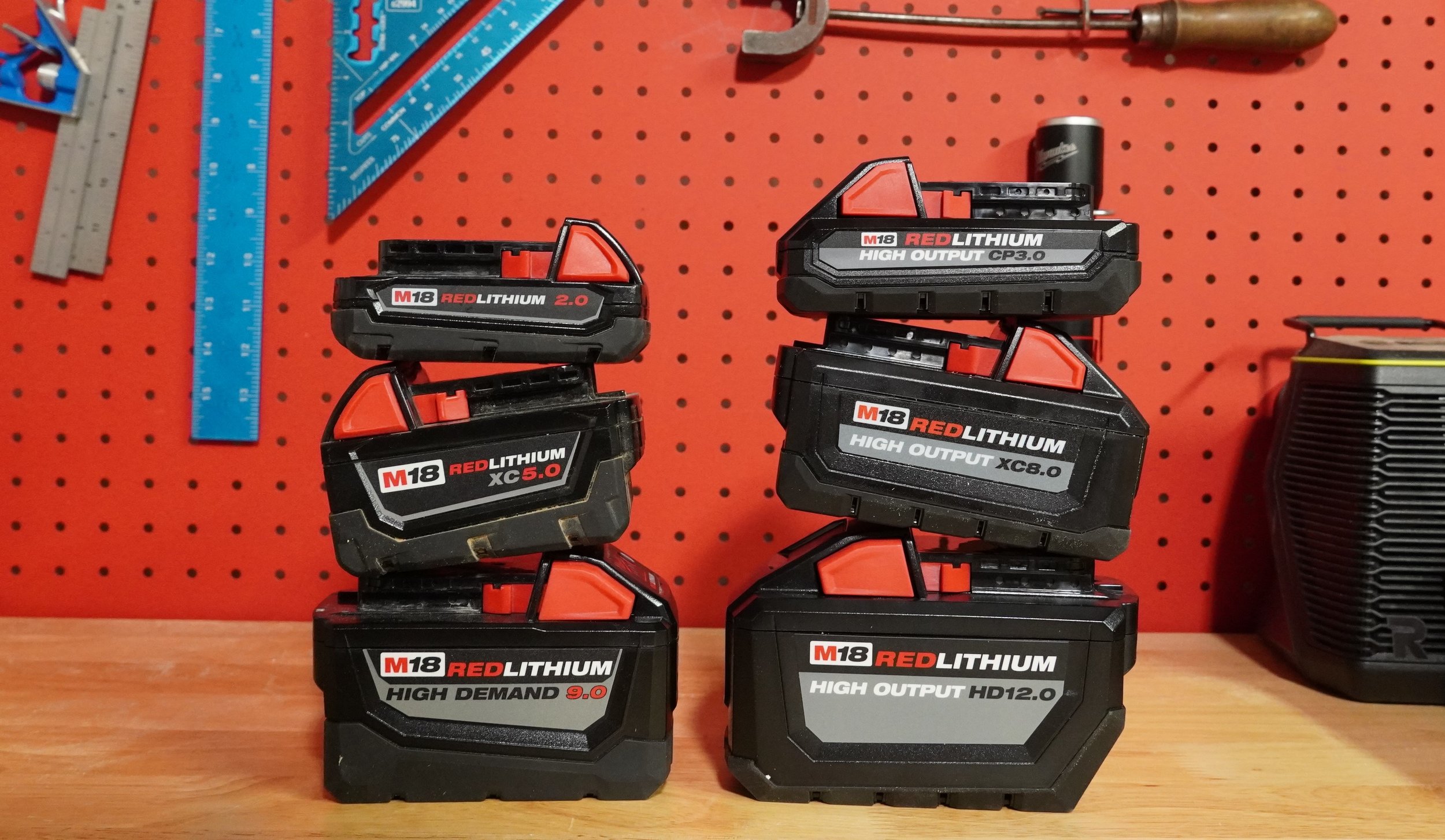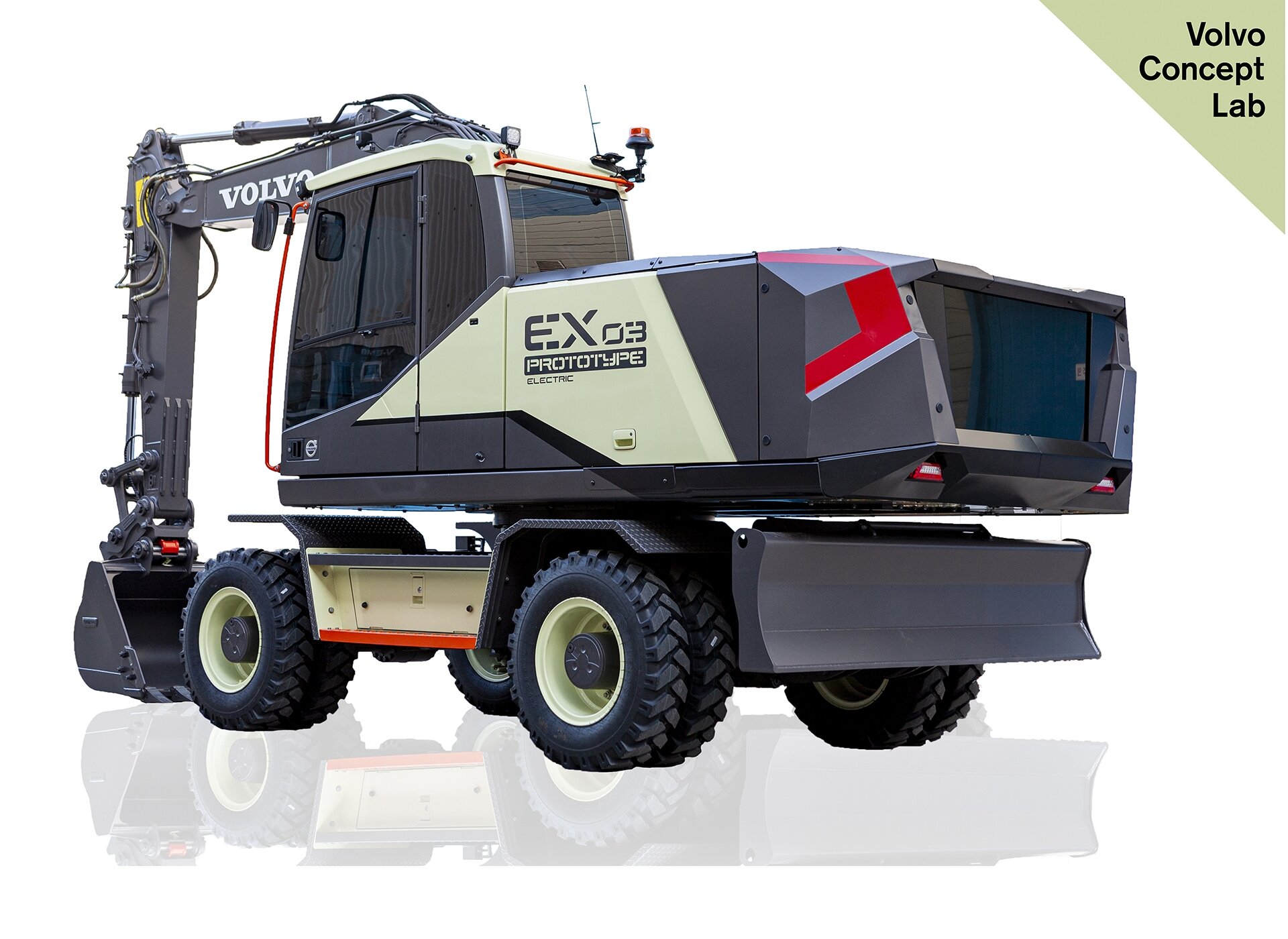For years, Milwaukee has made it very clear that they will continue to keep their M18 platform as their core system. Cordless tool users spend a ton of money into batteries these days, and the company’s goal is to not force them into investing into a new cordless system. That means that Milwaukee has to come up with innovative ways to provide the tools users want while being limited to 18 volts.
At Milwaukee’s New Product Symposium in 2018, the company announced a new, larger 12.0ah battery that would not fit in certain models of tools. Displaying their full commitment to compatibility, they announced that they would also upgrade any user’s existing tool that could not fit the new battery FREE OF CHARGE.
While the M18 platform is Milwaukee’s “bread and butter,” they do also have an extensive line of 12-volt, or M12 tools. The M12 lineup is built to replace hand tools, offering a more ergonomic experience to the user, but not quite producing the same amount of power the M18 line can. For the purposes of this article, we’re only going to focus on the M18 batteries.
Explanation of Acronyms
Milwaukee uses several different acronyms depending on their size and type. They can all be used on any M18 tool no matter the acronym, but some have benefits over the others.
CP = Compact
XC = Extended Capacity
HD = High Demand
HO = High Output
With the recent release of the new HO batteries, there will be some overlap in the acronyms. For example the 12.0ah battery is listed as both High Output and High Demand and the new CP3.0 battery is listed as both High Output and Compact. For clarity, I’m going to separate all High Output batteries into their own category.
Battery Cell Technology
Battery cells and the technology within them can make a huge difference in runtime, power output, lifespan, and heat production, so knowing the basic terminology can help you make an educated decision. The two most common battery cell types used in today’s power tool batteries are 18650 cells and 21700 cells.
The numbers refer only to the size of the cell: 18650s measure 18mm by 85mm and 21700 cells measure 21mm by 70 mm. The 21700 cells are much newer to market and many manufacturers have begun using them to help power larger and more powerful tools. That also generally means that the battery packs will be slightly larger than packs with the older 18650 cells.
Only Milwaukee’s HO batteries currently utilize 21700 cells, the others use 18650s.
Compact (CP) Batteries
Models currently available: 1.5ah (48-11-1815), CP2.0 (48-11-1820)
Battery cell type: 18650
Recommended Applications: small tools used in repetitive tasks, like impact drivers, PEX expanders, and nailers
Benefits: smallest size, light weight, faster charge times
Drawbacks: least amount of runtime, can provide less power
Extended Capacity (XC) Batteries
Models currently available: XC3.0 (48-11-1828), XC5.0 (48-11-1850), and XC6.0 (48-11-1860)
Battery cell type: 18650
Recommended Applications: slightly larger tools that require more runtime, but moderate power, like drills, hammerdrills, small lighting, small to medium sized Sawzalls, and similar tools.
Benefits: increased runtime over the CP batteries, but still moderately sized with a reasonable weight
Drawbacks: can be used for larger tools, but runtime will be short
High Demand (HD) Batteries
Models currently available: HD9.0 (48-11-1890)
Battery cell type: 18650
Recommended Applications: larger power tools that require increased runtime, like outdoor power equipment,
Benefits: Upgraded battery technology over the CP and XC batteries (but still uses older cell technology) to boost power and runtime
Drawbacks: Great for tools that need above average power output, but they run warmer than the HO batteries on Milwaukee’s Next Breakthrough Tools, like the table saw, 7-1/4” circular saws, Super Sawzall, 9” angle grinder, and chainsaw. The battery temperature can lead to thermal overloads in the battery in tough conditions, like ripping 2x material or cutting thick metals. Don’t worry though, the batteries have thermal overload protection to keep the battery for being damaged.
High Output (HO) Batteries
Models currently available: HO CP3.0 (48-11-1880), HO XC6.0 (48-11-1865), HO XC8.0 (48-11-1880), and HO HD12.0 (48-11-1812)
Battery cell type: 21700
Recommended Applications: Every M18 tool in Milwaukee’s lineup, depending on the size and weight you desire for a specific tool.
Benefits: newest battery cell technology increases power, runtime, and produces less heat. These batteries are specifically formulated for tools that demand more power output, like all of the Next Breakthrough tools mentioned above. The variety of sizes ranging from 3.0ah to 12.0ah allows you to choose the size best for your application: smaller is better for ergonomics, larger is better for overall runtime. The batteries also generally cost the same amount as the non-HO versions of similar amp-hour ratings. The new cells also allow for much better tool operation in low temperature applications.
Drawbacks: The new 21700 battery cells are larger than the older 18650s, so you will notice an increase in size in these batteries. That really only affects some tools with belt clips (they’ll just need to be slightly altered to accept the wider battery pack footprint) and tools that weren’t originally designed with large enough battery housings for these new packs. Milwaukee made a pledge in 2018 that they will offer free service upgrades or any of their tools that do not fit their HO HD12.0 battery, though, so that won’t be an issue for long.











Last summer, Hilti announced that they had developed their first exoskeleton designed for construction tradespeople in a partnership with Ottobuck, a prosthetics, orthotics, and exoskeleton provider. Earlier this month, Hilti officially released the exoskeleton, announced more details, and published its retail price on their website.